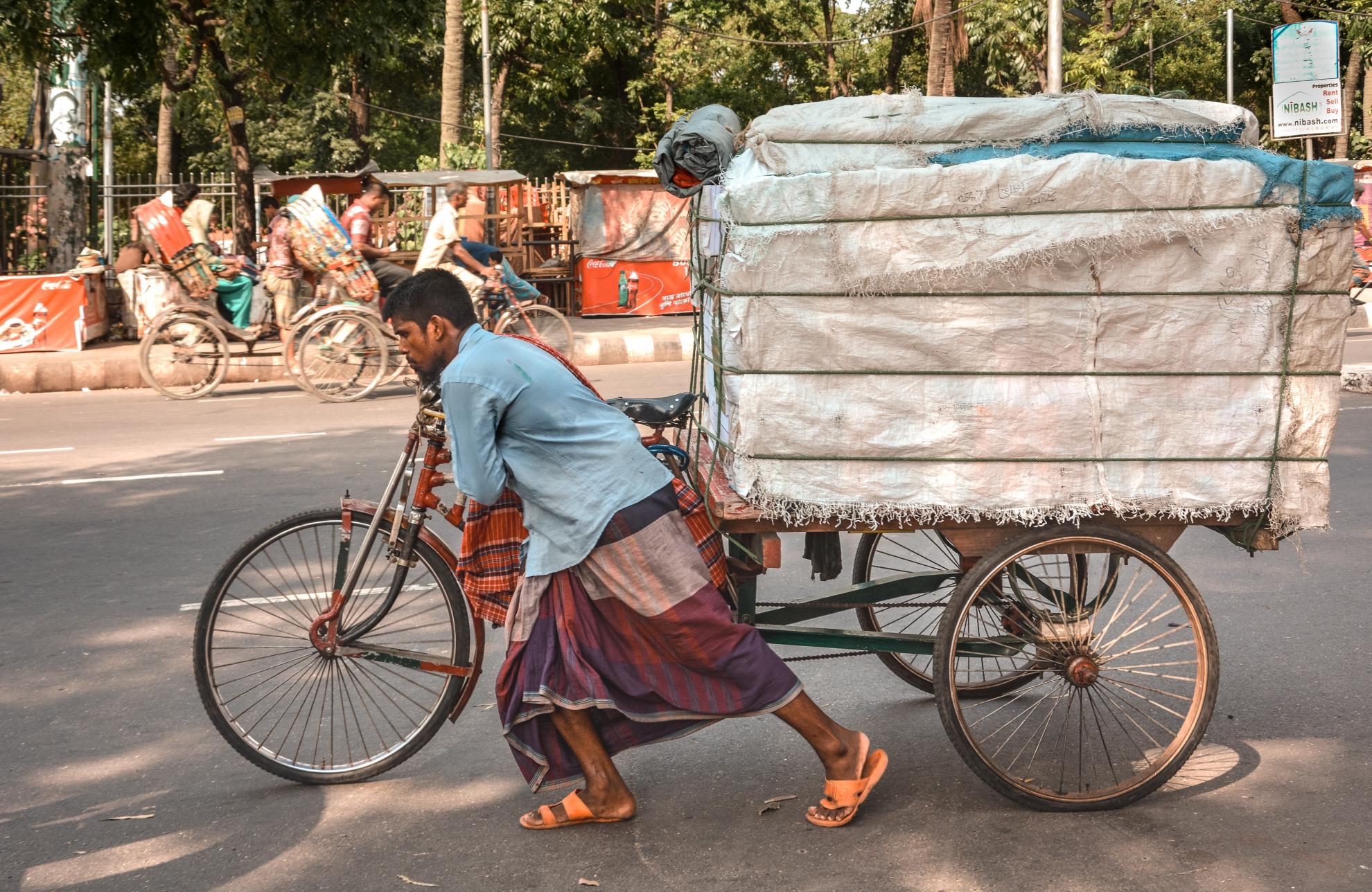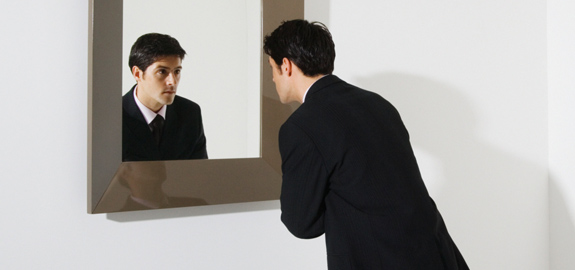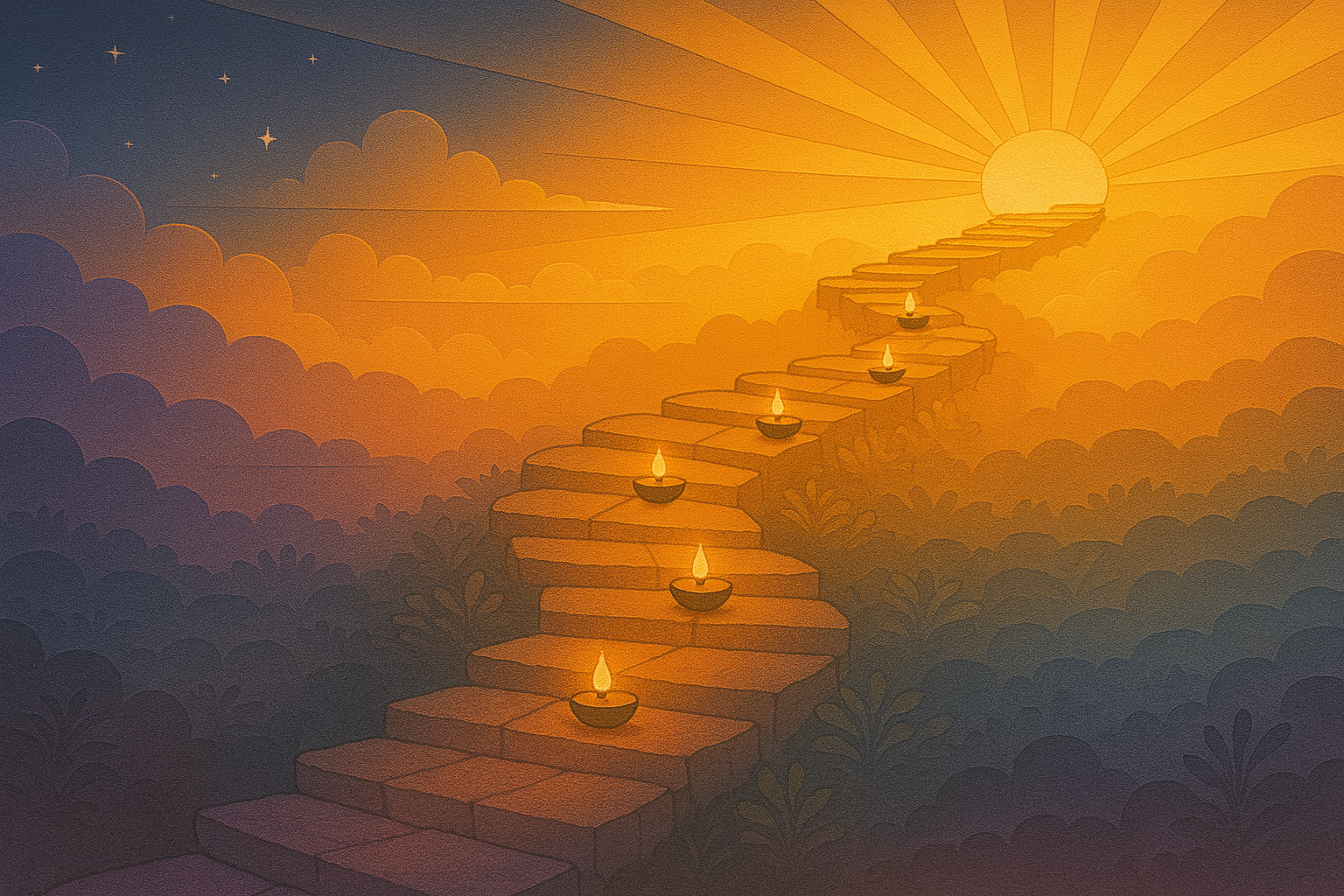February 7, 2022|ו' אדר א' ה' אלפים תשפ"ב Terumah 5782 - Taking Our Broken Pieces With Us
Print Article
As reported by Artnet News, on February 2, joggers in New York’s Central Park may have come across a curious, rather illustrious sight. A cube composed of 400 pounds of pure 24-karat gold, conceived by the German artist Niclas Castello, was wheeled out to the Naumburg Bandshell at around 5 a.m.
Although the work is not for sale, according to the artist’s team, based on the current price of gold at $1,788 per ounce, its material worth is around $11.7 million. Flanked by a heavy security detail, the 410-pound work is set to be displayed in the park until the day’s end.
I found it to be an unusual coincidence that the week of Parshas Teruma, a perfectly constructed box of gold found its way into Central Park. After all, the most central if not most important vessel to be found in the mishkan is, of course, our golden box, the Aron.
Rav Soloveitchik would often emphasize the opinion of the Rambam, that
it is the Aron and in particular, the luchos, the tablets which were kept in
the Aron, which endowed Kedusha on the Mishkan and later the Beis HaMikdash.
There is a debate, though, about how many Arons there were, at least in the Mishkan, and this debate hinges on two different approaches in the Talmud Yerushalmi, the Jerusalem Talmud.
Rashi quoted the first approach arguing that there were actual TWO ARONS. One for the shivrei luchos, Moshe made, and a second Aron that Betzalel made, which had the second luchos and was kept in the Kodesh HaKodashim. The Ramban points out the 2nd approach in the Yerushalmi, that “Luchos V’Shivrei Luchos Munachos B’Aron”. Both sets of tablets were housed in the same Aron.
What is fascinating, though, is that both approaches assume that not only were the second, whole luchos kept in the Aron, in the most holy, most important element of the mishkan, but even the broken, shattered FIRST luchos were kept there as well. And the question, of course, is why? Why was it important to keep the broken, shivrei luchos in the Aron as well?
Maharal (Chiddushei Aggados Menachos 99) explains that there were a number of differences between the first and second set of luchos:
- The first set was Maaseh Elokim, made by Hashem Himself, the second set were made by Moshe, as Hashem commands him: Psal Lecha.
- The Beis HaLevi writes that the first set of luchos had all of Torah Shebichsav and Torah Sheb’al Peh on them, whereas the second set just had the aseres HaDibros.
- The first luchos had letters floating within the stone, whereas the second luchos were chiseled out.
The first set of luchos, then, says the Maharal, where clearly on a higher plane, an altogether different level of Kedusha, of holiness. At the time of Matan Torah, Am Yisrael was in a place, on a level where we merited the level of Luchos rishonos. We messed up at the Chet HaEgel, the Golden Calf, and dropped down a level. However, says Hashem, I want BOTH luchos in the Aron.
And explains the Maharal, this is because sometimes in life, a person is not at his or her highest level right now. But even during those times, it’s important to remind ourselves of the levels we once reached, the way we once found ourselves in a more connected place. Because if we were once connected at that level, we still have the ability to reach that place again. Our greatest moments reveal to us our realistic potential. Says Hashem, yes you sinned at the Chet HaEgel and fell from the place where you were, but DON’T DISCARD the broken luchos. Hold onto them, to remind yourself always of the levels you can reach.
The Sefas Emes, the Gerer Rebbe, offers a different answer. He writes that whenever Hashem gives a gift, it is never temporary. There are always remnants. True, we couldn’t keep the luchos whole, but the impact of the luchos continues to linger. Gemara in Brachos 8 teaches that one should always have respect for a Talmid Chacham, even a Talmid Chacham who loses his learning, because even the shivrei luchos, the broken tablets, were still placed in the Aron.
The gemara tells us that every child as it develops in the womb is visited by a Malach, a special angel that teaches him or her the entirety of Torah, only for it all to be forgotten once the baby is born. Many ask on this gemara, if the baby is going to forget all of the learning anyhow, why waste all of that time teaching him Torah? And one of the answers offered is exactly this point: Every experience we have, especially when it comes to the world of Torah and Avodas Hashem, has an IMPACT on us forever, no matter where we end up later on in life. So says Hashem, don’t discard the first set of luchos because the impact they had on you remains even after they have been broken.
My good friend and colleague, Rav Yehuda Turetsky offered a third approach as well: Every individual, throughout the course of our lives, achieve moments and contain elements of whole, beautiful luchos, as well as elements of ourselves and times in our lives that feel more like SHIVREI LUCHOS, times we messed up, things we did which we regret. And there are two ways to address the shivrei luchos: We can stash them deep inside ourselves, trying our best to forget they ever existed and hope they will go away, or we can remember that they are part of our story, they are part of who we are, and accept that reality. After all, whether we like it or not, we will take both our whole luchos and our shivrei luchos with us wherever we go. Am Yisrael needed the process of having luchos that broke in order to help us move forward. Yes, we wish the Chet HaEgel had never happened. But in the end of the day, it is part of the story of our people, and all we can do now is learn from it and move forward.
We mentioned earlier the approach in the yerushalmi that there were two Arons, one for each set of luchos. According to this approach the whole luchos were placed in the Aron which remained in the Kodesh Kodashim. The Aron with the shivrei luchos was the one we took out to battle. When we are fighting through the battles of life there is no more important message than the knowledge that we have been broken but have been able to soldier on and find success again later.
We all have experiences about which we aren’t proud. Choices we wish we would have made differently, failures we wish we could have avoided, the collection of shivrei luchos of our lives. The message of the true, valuable golden cube is not its golden outside, but it’s valuable contents. It’s whole luchos, and maybe more importantly, it’s broken ones. A reminder that our failures, our missteps, and our missed opportunities are not to be cast aside. Rather, it is when we are willing to see that there is value in carrying those broken pieces along with us, that we will set ourselves on a path to a brighter future.




